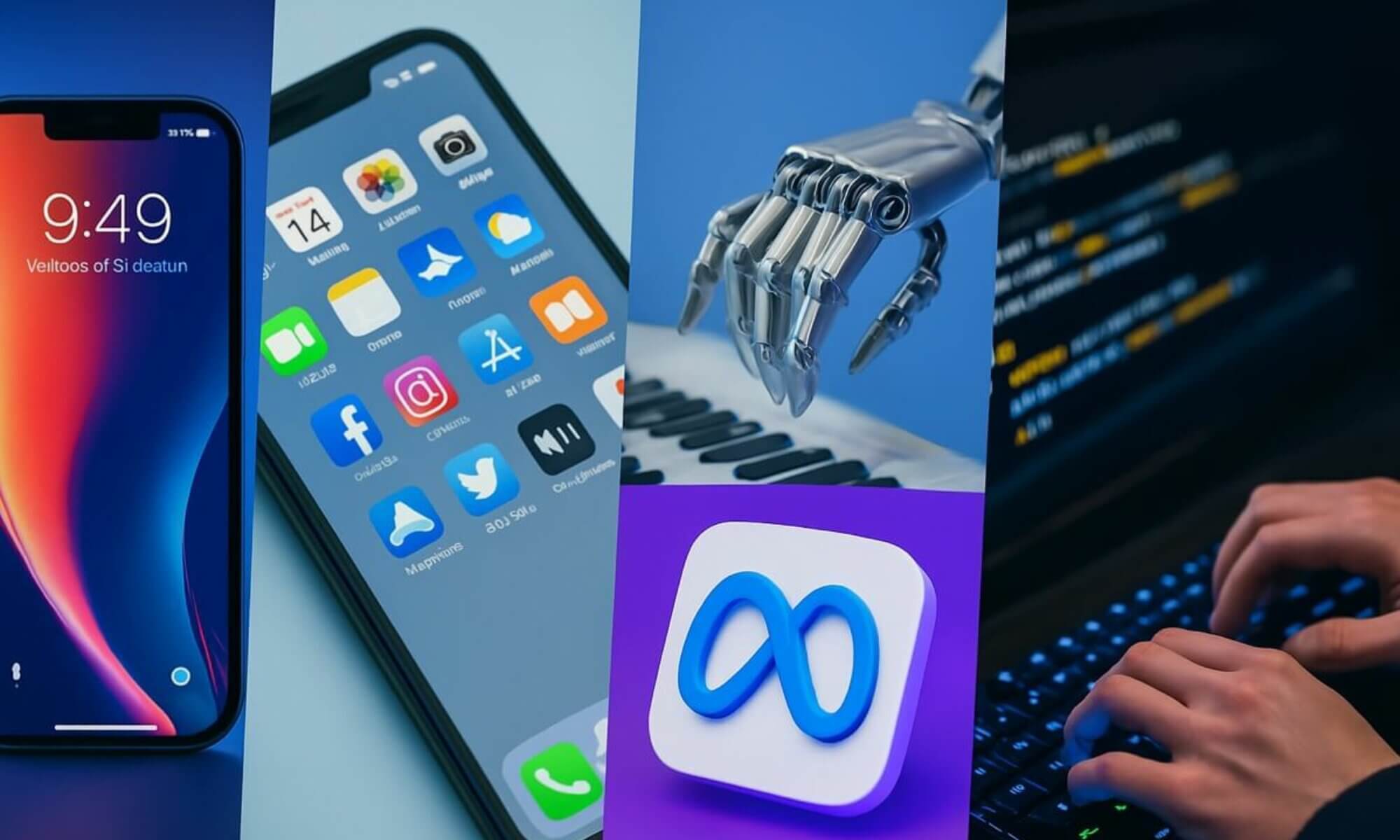In the rapidly evolving world of mobile apps, standing out in the crowded marketplace requires more than an innovative product. Mobile user acquisition DSPs (demand-side platforms) are becoming essential tools for performance marketers, offering unprecedented control, efficiency, and scale. In this article, we’ll explore what mobile user acquisition DSPs are, why they matter, and how they can supercharge your growth strategy.
What is a mobile user acquisition DSP?
A mobile user acquisition DSP is an automated platform that enables advertisers to purchase ad inventory programmatically across multiple ad exchanges, networks, and publishers. The goal: drive app installs and user engagement with precision targeting and real-time bidding.
Unlike traditional networks that operate with fixed CPM or CPI deals, DSPs leverage programmatic auctions to deliver ads to the right users at the right time, based on a wealth of data and machine learning algorithms.
The role of machine learning in user acquisition DSPs
Machine learning is at the heart of mobile user acquisition DSPs. These platforms analyze vast datasets — user behavior, engagement signals, demographics, geolocation, device type — to predict which users are most likely to install and actively engage with an app.
Advanced algorithms continuously optimize bidding strategies, creatives, and placements to ensure maximum return on ad spend (ROAS). This data-driven approach outperforms manual campaign management and allows for real-time adaptation to market dynamics.
Benefits of using a mobile user acquisition DSP
Here’s why mobile user acquisition DSPs have become indispensable to leading app marketers:
Benefit Description Scale Access inventory across thousands of apps, exchanges, and networks worldwide Efficiency Automate bidding and campaign optimization, reducing manual work Targeting Leverage rich data to find the most valuable users Transparency Full visibility into performance metrics, creative effectiveness, and cost Control Customize strategies and KPIs to align with business goals Cross-channel reach Combine in-app, mobile web, video, and social campaigns in one platform
How a mobile user acquisition DSP differs from ad networks
While ad networks act as intermediaries between publishers and advertisers, often with limited transparency, mobile user acquisition DSPs offer direct access to programmatic auctions and deep control over targeting, budget allocation, and optimization.
Feature Ad Networks Mobile UA DSPs Access model Managed by network Advertiser-controlled Transparency Limited High Targeting Basic Advanced Optimization Manual or rule-based AI-driven Reporting Aggregated Granular, real-time
Key players in the mobile user acquisition DSP market
Some of the most recognized mobile user acquisition DSPs include:
- Liftoff
- Moloco
- AppLovin (AXON DSP)
- Unity (ironSource DSP)
- Smadex
- Kayzen
Additionally, platforms such as appsamurai.com/dsp/ offer innovative solutions for growth marketers looking to drive results at scale.
Each platform offers unique features, integrations, and strengths — making it crucial for marketers to select the one that aligns best with their app vertical, geography, and performance goals.
Best practices for leveraging a mobile user acquisition DSP
To fully capitalize on the power of mobile user acquisition DSPs, marketers should follow these best practices:
- Define clear KPIs: Whether it’s cost-per-install (CPI), cost-per-action (CPA), ROAS, or retention, clarity drives optimization.
- Invest in creative testing: Frequent iteration of ad creatives boosts performance and avoids fatigue.
- Segment audiences: Targeting granular cohorts improves user quality and lifetime value.
- Use SKAN and MMP data: Combine deterministic and probabilistic data for accurate attribution.
- Integrate with CRM/CDP: Leverage first-party data to build high-value lookalike audiences.
Challenges and future trends
Despite their advantages, mobile user acquisition DSPs are not without challenges:
- Privacy regulations like GDPR and ATT (AppTrackingTransparency) have reduced data availability.
- Signal loss complicates attribution and optimization.
- Platform fragmentation requires expertise to manage multiple DSPs effectively.
However, innovation continues to thrive in this space. Trends to watch:
- Contextual targeting will play a greater role as IDFA signals diminish.
- Creative automation using AI will streamline ad production.
- Unified measurement frameworks will enhance cross-channel attribution.
- DSPs for CTV and DOOH will expand beyond mobile apps.
Our point of view
The rise of mobile user acquisition DSPs reflects a broader shift toward programmatic, data-driven marketing in the app economy. These platforms provide marketers with unmatched scale, precision, and control — essential qualities in today’s competitive landscape.
As privacy shifts reshape the ecosystem, success will depend on mastering new forms of targeting, measurement, and creative optimization. Partnering with the right DSP and staying ahead of trends can give app marketers a decisive edge.
We’ve seen first-hand how mobile user acquisition DSPs can fuel breakthrough growth for app brands across verticals. Whether you’re launching a new app or scaling an established one, leveraging DSPs strategically will be key to driving results in 2025 and beyond.


